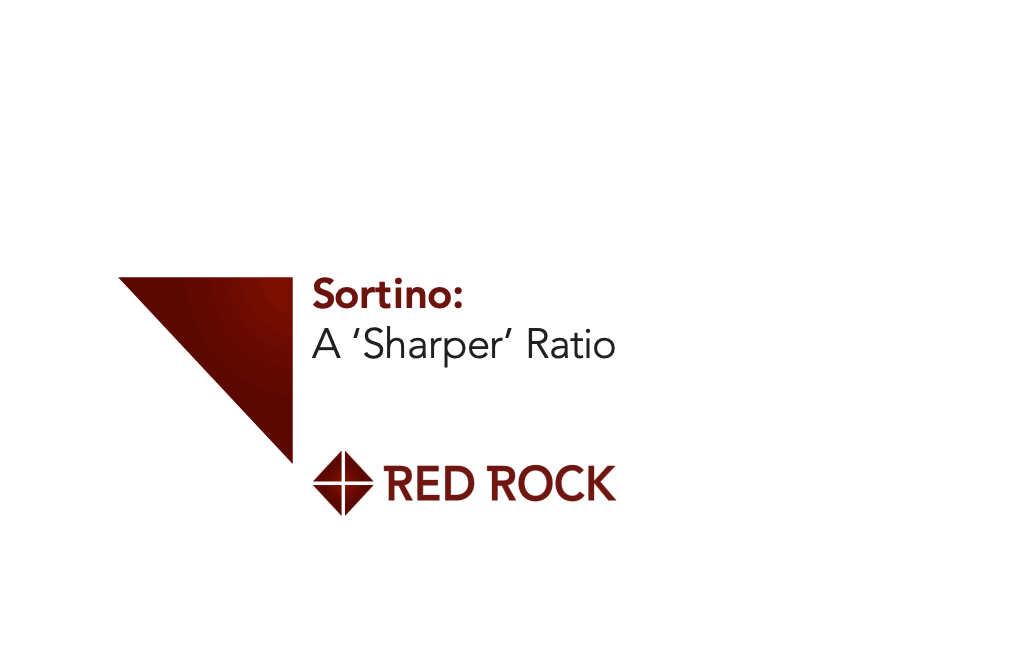Tag: Sharpe Ratio

Evaluating Futures Traders: Going Beyond Traditional Search Methods
As one of the world’s largest futures databases, we begin talking to traders often at the earliest stages of their evolution up to billions of dollars in assets. But not all beginnings are equal, as some achieve early success and others never find it. Our challenge is determining which ones provide our investors with the […]

Sortino: A Sharper Ratio
Many traders and investment managers have the desire to measure and compare CTA managers and / or trading systems. Risk-adjusted returns are one of the most important measures to consider since, given the inherent / free leverage of the futures markets, more return can always be earned by taking more risk. The most common risk-adjusted […]
Sortino: A ‘Sharper’ Ratio – What are the Differences?
Earlier this week we discussed the Red Rock Capital research paper discussing different metrics used to evaluate CTA risk adjusted performance. Sharpe has long been considered the go to statistic commonly referred to by brokers and CTAs in Managed Futures. Today we intend to cover the differences and make some conclusions on the Sortino vs. Sharpe ratio debate and give a different perspective on analyzing a CTA.
Red Rock Capital – Sortino: A ‘Sharper’ Ratio
Many traders and investment managers have the desire to measure and compare CTA managers and / or trading systems. We believe risk-adjusted returns are one of the most important measures to consider since, given the inherent / free leverage of the futures markets, more return can always be earned by taking more risk. The most popular measure of risk-adjusted performance is the Sharpe ratio. While the Sharpe ratio is definitely the most widely used, it is not without its issues and limitations. We believe the Sortino ratio improves on the Sharpe ratio in a few areas. The purpose of this article, however, is not necessarily to extol the virtues of the Sortino ratio, but rather to review its definition and present how to properly calculate it since we have often seen its calculation done incorrectly.